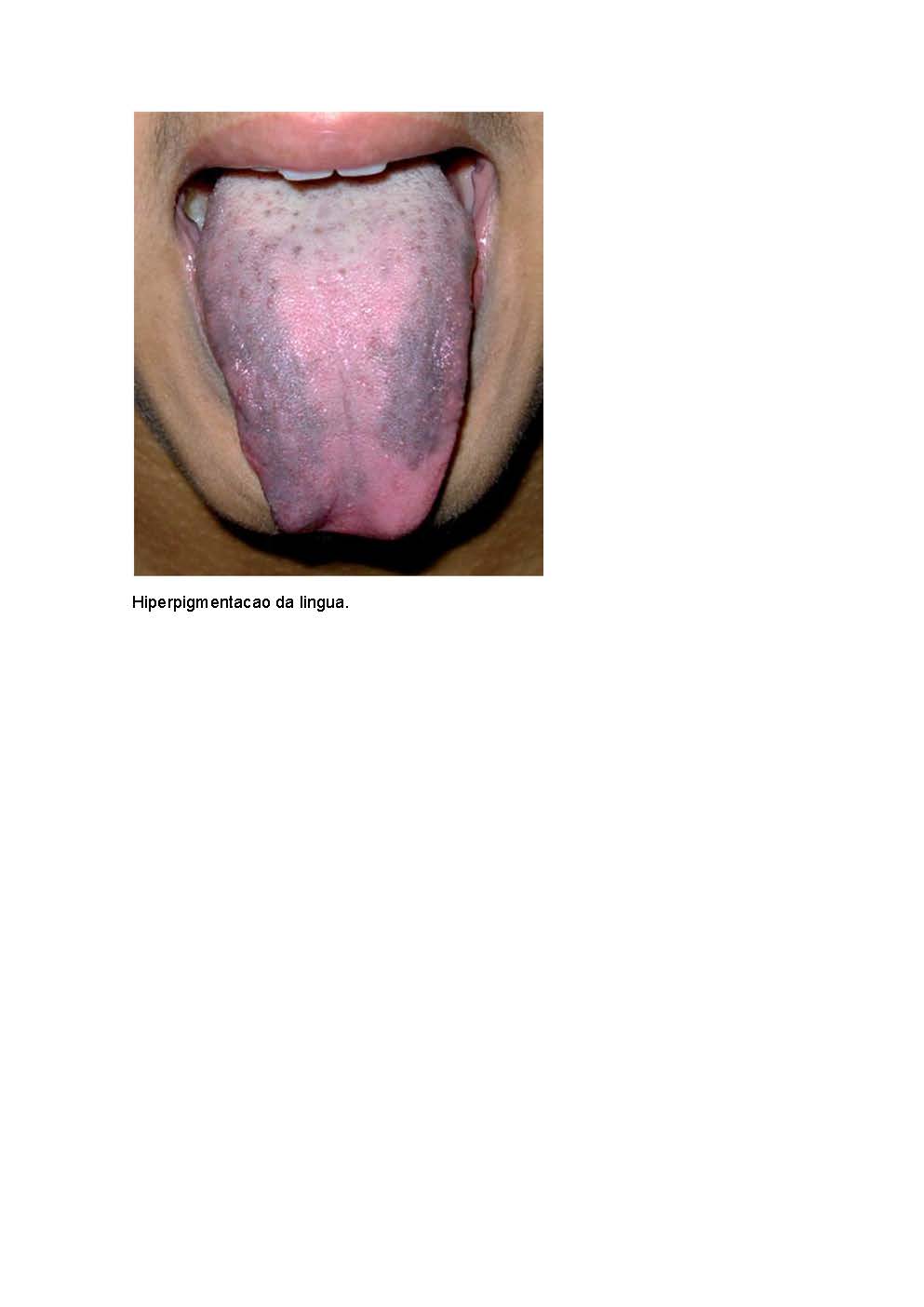X-Linked Adrenoleukodystrophy: A Rare Cause of Primary Adrenal Insufficiency
DOI:
https://doi.org/10.60591/crspmi.177Keywords:
Adrenal Insufficiency, Adrenoleukodystrophy/ geneticsAbstract
X-linked adrenoleukodystrophy is a rare disease characterized by a mutation in the ABCD1 gene, resulting in the accumulation of very long-chain fatty acids (VLCFAs).
We report the case of a 23-year-old man presenting with
adynamia, skin hyperpigmentation, and occasional episodes of nausea and hypoglycemia since he was 13- years-old. He was admitted due to general discomfort, vomiting, abdominal pain, and headache. Upon admission, he presented with hypotension, tachycardia, dehydration, pallor, weight loss, and tenderness in the right hypochondrium. His skin and tongue were both hyperpigmented. Etiological investigation revealed acute kidney injury with metabolic acidosis, hyponatremia,
hyperuricemia, hyperphosphatemia, hyperbilirubinemia, hypoglycemia, and ketonuria. He was hospitalized and diagnosed with primary adrenal insufficiency with the accumulation of VLCFAs, consistent with adrenoleukodystrophy, that was confirmed after analysis of the ABCD1 gene.
This case report illustrates how a genetic disease can go
unnoticed until adulthood, requiring a high index of suspicion.
Downloads
References
Bornstein SR, Allolio B, Arlt W, Barthel A, Don-Wauchope A, Hammer GD, et al. Diagnosis and treatment of primary adrenal insufficiency: An Endocrine Society Clinical Practice Guideline. J Clin Endocrinol Metab. 2016;101:364-89. doi: 10.1210/jc.2015-1710.
Wolff AB, Breivik L, Hufthammer KO, Grytaas MA, Bratland E, Husebye ES, et al. The natural history of 21-hydroxylase autoantibodies in autoimmune Addison's disease. Eur J Endocrinol. 2021;184:607-15. doi: 10.1530/EJE-20-1268.
Huffnagel IC, Laheji FK, Aziz-Bose R, Tritos NA, Marino R, Linthorst GE, et al. The Natural History of Adrenal Insufficiency in X-Linked Adrenoleukodystrophy: An International Collaboration. J Clin Endocrinol Metab. 2019;104:118-26. doi: 10.1210/jc.2018-01307.
Bezman L, Moser AB, Raymond GV, Rinaldo P, Watkins PA, Smith KD, et al. Adrenoleukodystrophy: incidence, new mutation rate, and results of extended family screening. Ann Neurol. 2001;49:512-7.
McGuinness MC, Lu JF, Zhang HP, Dong GX, Heinzer AK, Watkins PA, et al. Role of ALDP (ABCD1) and mitochondria in X-linked adrenoleukodystrophy. Mol Cell Biol. 2003;23:744-53. doi: 10.1128/MCB.23.2.744-753.2003.
Moser HW, Moser AB, Smith KD, Bergin A, Borel J, Shankroff J, et al. Adrenoleukodystrophy: phenotypic variability and implications for therapy. J Inherit Metab Dis. 1992;15:645-64. doi: 10.1007/BF01799621. Erratum in: J Inherit Metab Dis 1992;15:918.
Raymond GV, Moser AB, Fatemi A, Adam MP, Mirzaa GM, Pagon RA, et al. X-Linked Adrenoleukodystrophy. 1999 Mar 26 [updated 2023 Apr 6]. In: Adam MP, Mirzaa GM, Pagon RA, Wallace SE, Bean LJ, Gripp KW, Amemiya A, editors. GeneReviews® [Internet]. Seattle: University of Washington;2023.
Van Geel BM, Bezman L, Loes DJ, Moser HW, Raymond GV. Evolution of phenotypes in adult male patients with X-linked adrenoleukodystrophy. Ann Neurol. 2001;49:186-94. doi: 10.1002/1531-8249(20010201)49:2<186::aid-ana38>3.0.co;2-r.
Mallack EJ, Turk BR, Yan H, Price C, Demetres M, Moser AB. MRI surveillance of boys with X-linked adrenoleukodystrophy identified by newborn screening: Meta-analysis and consensus guidelines. J Inherit Metab Dis. 2021;44:728-39. doi: 10.1002/jimd.12356.
Mahmood A, Dubey P, Moser HW, Moser A. X-linked adrenoleukodystrophy:therapeutic approaches to distinct phenotypes. Pediatr Transplant. 2005;9:55-62. doi: 10.1111/j.1399-3046.2005.00447.x.
Hahner S, Spinnler C, Fassnacht M, Burger-Stritt S, Lang K, Milovanovic D, et al. High incidence of adrenal crisis in educated patients with chronic adrenal insufficiency: a prospective study. J Clin Endocrinol Metab. 2015;100:407-16. doi: 10.1210/jc.2014-3191.
Bleicken B, Hahner S, Ventz M, Quinkler M. Delayed diagnosis of adrenal insufficiency is common: a cross-sectional study in 216 patients. Am J Med Sci. 2010;339:525-31. doi: 10.1097/MAJ.0b013e3181db6b7a.
Peters C, Charnas LR, Tan Y, Ziegler RS, Shapiro EG, DeFor T, et al. Cerebral X-linked adrenoleukodystrophy: the international hematopoietic cell transplantation experience from 1982 to 1999. Blood. 2004;104:881-8. doi: 10.1182/blood-2003-10-3402. Erratum in: Blood. 2004;104:3857.
Keam SJ. Elivaldogene Autotemcel: First Approval. Mol Diagn Ther. 2021;25:803-9. doi: 10.1007/s40291-021-00555-1.
Eichler F, Duncan C, Musolino PL, Orchard PJ, De Oliveira S, Thrasher AJ, et al. Hematopoietic Stem-Cell Gene Therapy for Cerebral Adrenoleukodystrophy. N Engl J Med. 2017;377:1630-8. doi: 10.1056/NEJMoa1700554.

Downloads
Published
How to Cite
Issue
Section
Categories
License
Copyright (c) 2024 Sandra Rebelo, Tiago Ferreira, Ema Nobre, Ana Tornada

This work is licensed under a Creative Commons Attribution 4.0 International License.






